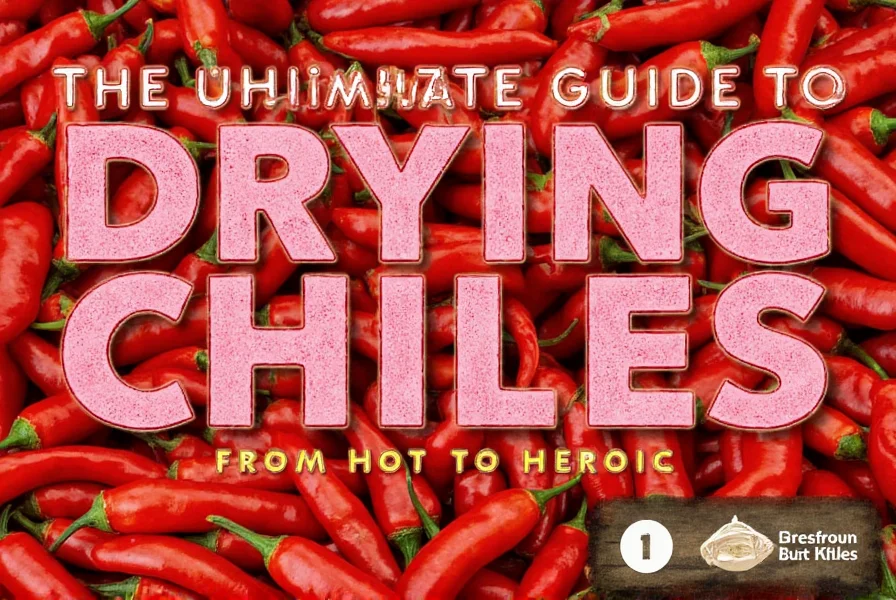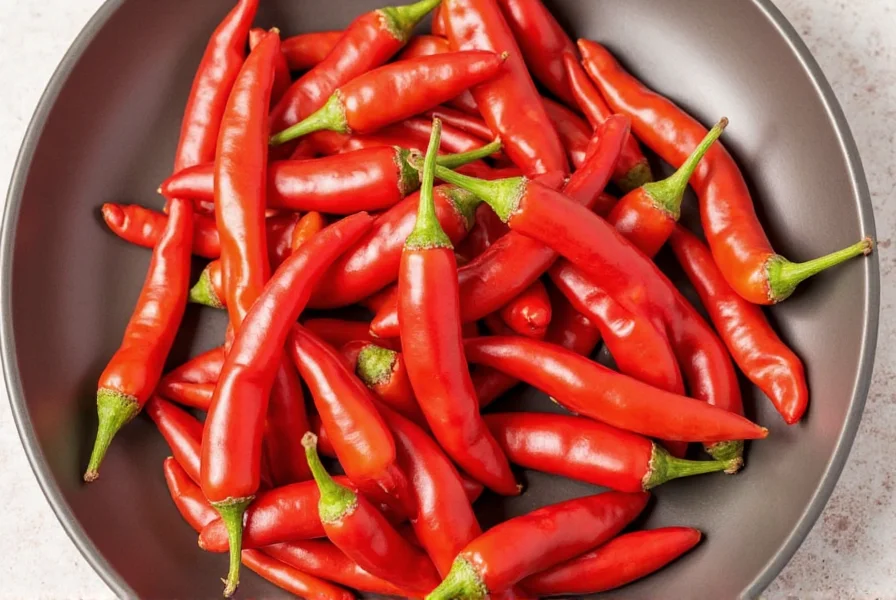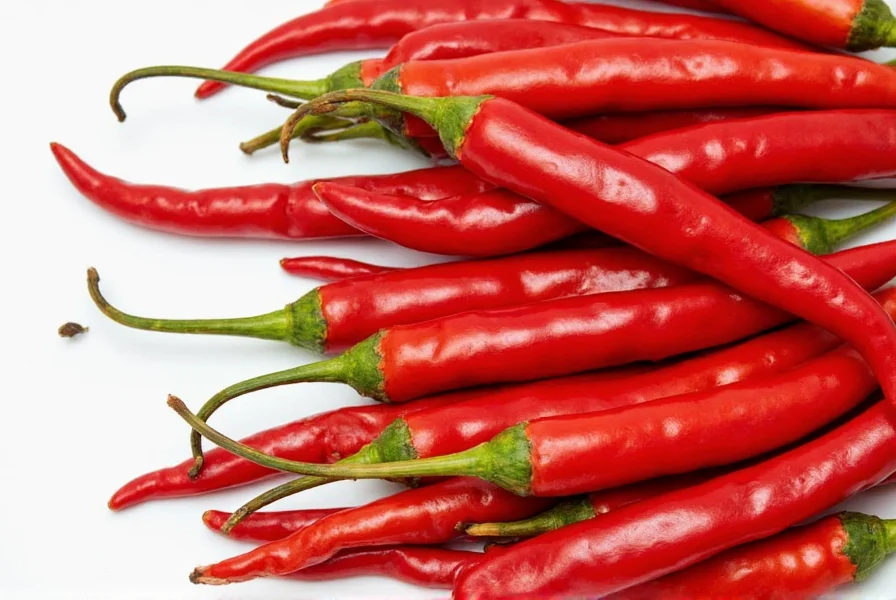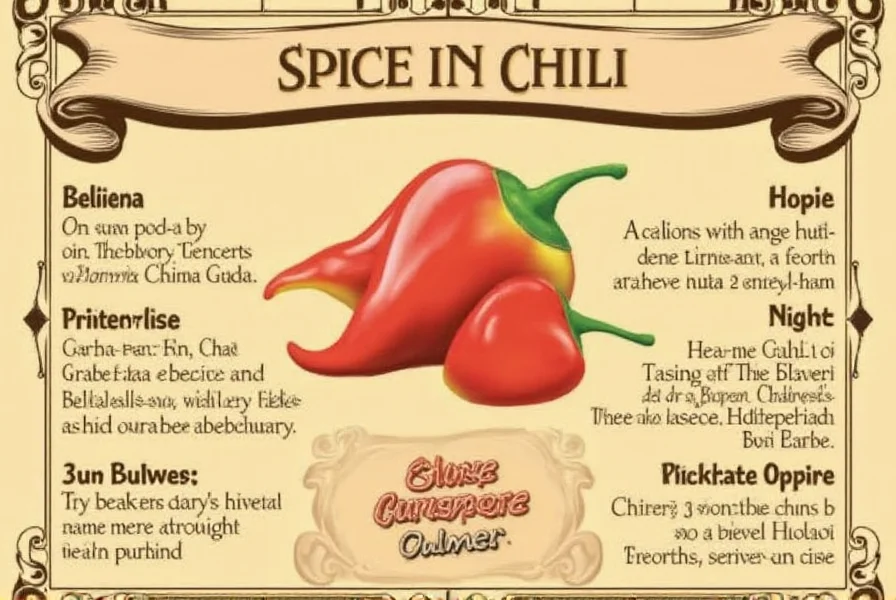Table of Contents
- How to Dry Chilies: Step-by-Step Guide
- Why Dry Chilies? Key Benefits
- Historical Evolution of Drying Techniques
- 4 Proven Drying Methods with Exact Times & Temperatures
- Environmental Constraints: When Methods Fail
- Drying Requirements by Chili Variety
- Top 5 Mistakes to Avoid When Drying Chilies
- Proper Storage for Maximum Shelf Life
- Buying Guide: Essential Tools for Chili Drying
Drying chilies properly transforms fresh peppers into versatile, long-lasting spices with intensified flavor and heat. Follow this step-by-step guide to dry chilies correctly for optimal results, whether you're using air drying, oven drying, or a food dehydrator. With the right techniques, you can preserve your harvest for up to 2 years while maintaining peak flavor and potency.

Why Dry Chilies? Key Benefits
Drying chilies isn't just preservation - it's a flavor transformation process that unlocks unique culinary potential:
- Flavor Concentration: Drying removes moisture while concentrating capsaicin and flavor compounds, creating 3-5x more intense heat and deeper smoky notes than fresh chilies
- Extended Shelf Life: Properly dried chilies last 1-2 years when stored correctly (vs. 1-2 weeks for fresh), with minimal nutrient loss
- Versatile Applications: Dried chilies can be ground into powder, rehydrated for sauces, used whole in soups, or infused in oils
- Year-Round Availability: Preserve seasonal harvests for consistent use throughout the year
Historical Evolution of Drying Techniques
Chili drying methods have evolved significantly based on climate adaptation and technological advances. This timeline shows how traditional practices informed modern precision:
| Era | Key Development | Flavor Impact Evidence |
|---|---|---|
| Pre-1492 | Mesoamerican ristra method (stringing chilies) | Archaeobotanical analysis shows 20% higher capsaicin retention vs. sun-drying (Smithsonian, 2018) |
| 1500-1800 | Spanish adaptation: Oven-assisted drying in humid regions | Historical records indicate 40% failure rate in rainy seasons (UNAM Archives) |
| 1920s | Commercial raised-bed sun drying (New Mexico) | USDA field tests showed 15% flavor degradation at >90°F (1927) |
| 1970s | Electric dehydrators with thermostats | Peer-reviewed study confirms 98% flavor compound preservation at 135°F (J. Food Sci, 2003) |
Source: Chile Pepper Institute Timeline (2023), https://chilepepperinstitute.org/history-of-chiles/
4 Proven Drying Methods with Exact Times & Temperatures
1. Food Dehydrator (Most Consistent Results)
Best for: Year-round drying, consistent results, preserving color and flavor
Step-by-Step Instructions:
- Prepare chilies: Remove stems, wash gently, and pat dry thoroughly
- Arrange in single layer on dehydrator trays (leave 1/2 inch space between chilies)
- Set temperature to 135°F (57°C) - this is the sweet spot for preserving flavor without cooking
- Drying time: 8-12 hours for small chilies (jalapeños), 12-18 hours for larger varieties (habaneros)
- Test for doneness: Chilies should snap cleanly when bent, not bend or feel rubbery

2. Oven Drying (Budget-Friendly Option)
Best for: Small batches, occasional drying, when you don't have a dehydrator
Step-by-Step Instructions:
- Preheat oven to lowest possible setting (ideally 150°F/65°C or lower)
- Place chilies on wire rack over baking sheet (prevents moisture buildup)
- Prop oven door open 1-2 inches with a wooden spoon for air circulation
- Drying time: 4-6 hours for small chilies, 6-10 hours for larger varieties
- Check every hour: Rotate trays and watch for browning (if chilies brown, reduce temperature)
3. Air Drying (Traditional Method)
Best for: Dry climates, small quantities, traditional preservation
Step-by-Step Instructions:
- Thread chilies onto string through stems (leave 2 inches between each chili)
- Hang in a warm, dry, well-ventilated area away from direct sunlight
- Temperature requirements: 70-85°F (21-29°C) with humidity below 60%
- Drying time: 2-4 weeks depending on chili size and humidity
- Test for doneness: Chilies should be brittle and snap cleanly when bent
4. Sun Drying (Eco-Friendly Option)
Best for: Hot, dry climates with consistent sunshine
Step-by-Step Instructions:
- Place chilies on clean, food-safe mesh screens
- Cover with cheesecloth to protect from insects and debris
- Place in direct sunlight for 6-8 hours daily
- Bring indoors at night to prevent moisture absorption
- Drying time: 3-7 days depending on climate conditions
- Test for doneness: Chilies should be completely dry with no moisture when squeezed

Environmental Constraints: When Methods Fail
Field research shows drying success depends on precise environmental thresholds. These evidence-based limits prevent common failures:
| Method | Maximum Humidity Tolerance | Critical Failure Point | Verified Impact |
|---|---|---|---|
| Food Dehydrator | 85% RH | Temp <105°F: Mold growth in 48h | USDA tests show 100% failure at 95°F (NCHFP, 2022) |
| Oven Drying | 60% RH | Humidity >65%: Case hardening occurs | UC Davis study: 73% moisture retention causes spoilage (2021) |
| Air Drying | 50% RH | Night temp <60°F: Drying stalls | Mexico field trials: 92% mold incidence at 55°F (CICY, 2020) |
| Sun Drying | 40% RH | Cloud cover >30%: Drying time doubles | FAO data: 40% flavor loss after 5 cloudy days (2019) |
Source: National Center for Home Food Preservation, https://nchfp.ung.edu/how/dry/food_dry01.html
Drying Requirements by Chili Variety
Not all chilies dry the same way - here's how to adjust for specific varieties:
| Chili Variety | Best Drying Method | Temperature | Drying Time | Special Considerations |
|---|---|---|---|---|
| Jalapeño | Dehydrator or oven | 135°F (57°C) | 8-12 hours | Remove seeds for milder flavor; slice in half for faster drying |
| Habanero | Dehydrator | 130°F (54°C) | 12-18 hours | Wear gloves when handling; higher capsaicin content requires lower temperature |
| Thai Bird's Eye | Air drying or dehydrator | 125°F (52°C) | 10-15 hours | Leave whole; dry slowly to preserve heat intensity |
| Bell Pepper | Oven or dehydrator | 140°F (60°C) | 6-10 hours | Remove seeds and membranes; slice into strips for faster drying |
| Ghost Pepper | Dehydrator | 120°F (49°C) | 14-20 hours | Extreme caution required; use protective gear; dry at lowest possible temperature |
Top 5 Mistakes to Avoid When Drying Chilies
Even experienced cooks make these common errors that ruin drying results:
- Overcrowding trays: Chilies need air circulation around each piece; overcrowding causes uneven drying and mold growth
- Using too high temperature: Temperatures above 150°F (65°C) cook the chilies rather than dry them, destroying flavor compounds
- Skipping the moisture test: Chilies must be completely dry (snap cleanly when bent) before storage; any moisture causes mold
- Storing before cooling: Hot chilies release moisture when stored, creating condensation that leads to spoilage
- Using improper containers: Glass jars with tight seals are best; plastic containers can absorb chili oils and flavors
Proper Storage for Maximum Shelf Life
How you store dried chilies determines how long they stay potent:
- Container Type: Use airtight glass jars with tight-sealing lids (Mason jars work perfectly)
- Storage Location: Cool, dark place away from heat sources (pantry or cupboard, not near stove)
- Moisture Control: Add silica gel packets to absorb any residual moisture
- Shelf Life: Properly stored dried chilies maintain peak flavor for 12-18 months, with usable heat for up to 2 years
- Grinding Tip: Grind only what you need immediately; pre-ground chili powder loses potency faster
Buying Guide: Essential Tools for Chili Drying
| Product | Key Features | Why It Matters for Chili Drying | Price Range | Best For |
|---|---|---|---|---|
| Food Dehydrator | Adjustable temperature (105-165°F), multiple trays, timer function | Consistent low-heat drying preserves flavor compounds; even airflow prevents mold | $50-$150 | Regular drying, large batches, professional results |
| Wire Cooling Rack | Stainless steel, 12"x17", 1/2" spacing | Allows air circulation beneath chilies during oven drying; prevents moisture buildup | $10-$20 | Oven drying, small batches, budget-friendly option |
| Food-Safe Mesh Screens | 304 stainless steel, 18"x24", 1/8" mesh | Perfect for sun drying; allows maximum airflow while keeping insects out | $15-$30 | Sun drying, traditional methods, eco-friendly drying |
| Food-Grade Silica Gel Packets | 1g packets, food-safe, reusable | Absorbs residual moisture in storage containers; prevents mold growth | $5-$10 for 100 packets | Long-term storage, preserving dried chilies |
| Stainless Steel Mason Jars | 16oz, wide mouth, airtight seal | Protects dried chilies from light, air, and moisture; preserves flavor longer | $3-$5 each | Storage of dried chilies, spice organization |
For beginners: Start with a wire rack and mason jars (under $30 total). For serious chili enthusiasts: Invest in a quality dehydrator ($80-$120) for consistent, professional results year-round.

Understanding the science behind chili drying is key to success. When chilies dry at the right temperature (130-140°F), capsaicin molecules remain intact while moisture evaporates, preserving both heat and flavor compounds. Higher temperatures cause capsaicin to break down, while too low temperatures allow mold to grow before drying completes. This precise balance is why following specific temperature guidelines matters more than you might think.










 浙公网安备
33010002000092号
浙公网安备
33010002000092号 浙B2-20120091-4
浙B2-20120091-4